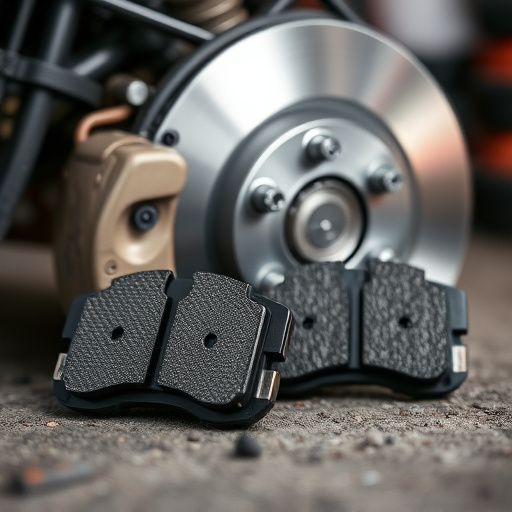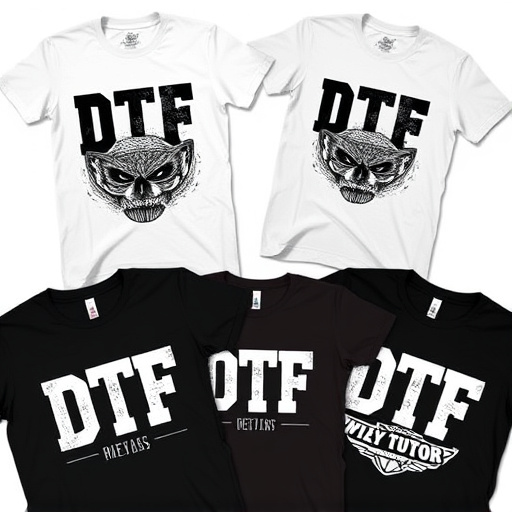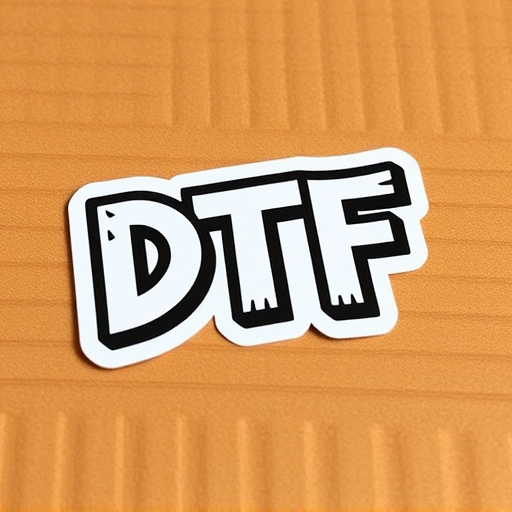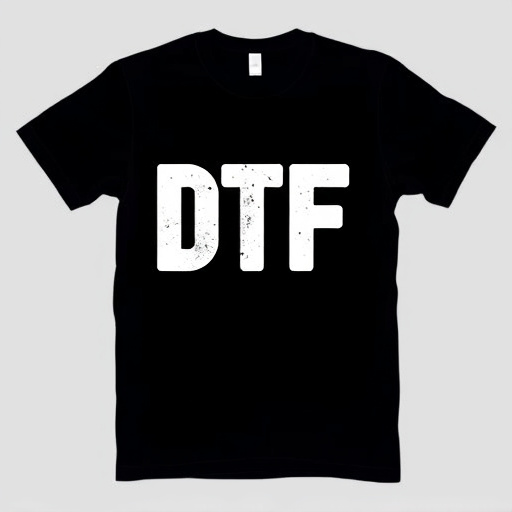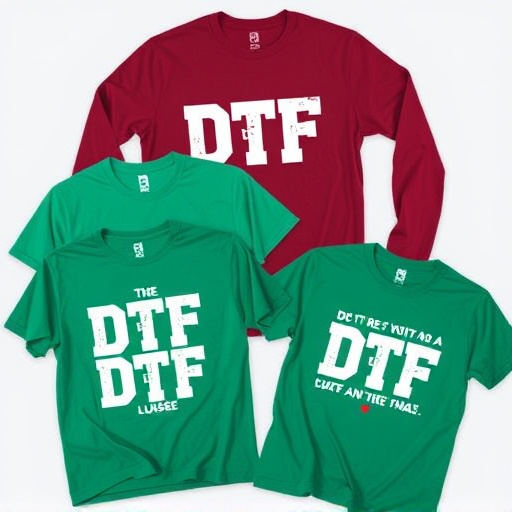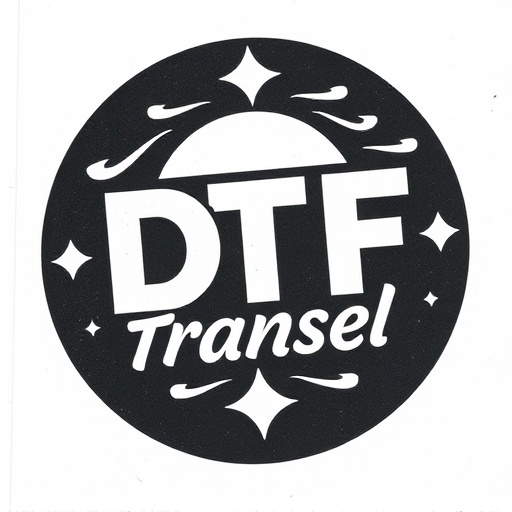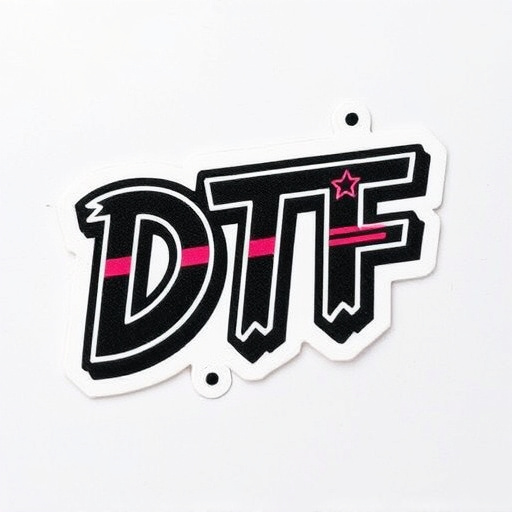Direct to Garment (DTF) Printing Services offers high-quality, vibrant custom apparel prints using UV inks and advanced machines. To prepare artwork for DTF services, save files in CMYK or PNG with 300 DPI resolution, ensure color consistency and proper alignment for custom transfers, and use vector graphics for intricate patterns. The submission process involves uploading designs via an online platform, and monitoring accounts post-submission to guarantee optimal printing quality for DTF custom apparel, UV DTF transfers, or DTF logo transfers.
Unleash your creativity with DTF Printing Services—a game-changing way to bring your artwork to life. This comprehensive guide will walk you through the process of submitting your designs, ensuring optimal results. From understanding the unique requirements of DTF printing to preparing your artwork for a seamless submission, we’ve got you covered. Master the step-by-step guide and take control of your creative journey with this cutting-edge printing technique.
- Understanding DTF Printing Services and Their Requirements
- Preparing Your Artwork for Submission
- The Submission Process: Step-by-Step Guide
Understanding DTF Printing Services and Their Requirements
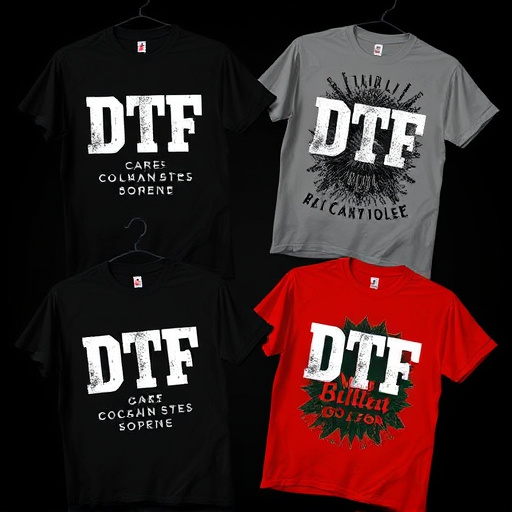
DTF Printing Services, short for Direct to Garment Printing, is a cutting-edge technology that allows for high-quality printing on various garments and materials. It’s a game-changer in the apparel industry, offering vibrant and detailed designs with precision and speed. These services are ideal for businesses, designers, and individuals looking to create custom apparel, whether it’s for branding, promotional events, or personal expression.
When considering DTF Printing Services, understanding their requirements is key. These services typically use advanced machines that print directly onto fabric using UV inks, resulting in crisp images and a wide range of color options. For those aiming to create unique designs, such as dtf custom apparel, uv dtf transfers, or dtf logo transfers, it’s essential to ensure your artwork meets their specifications. This includes file formats (usually PNG or JPEG), resolutions (300 DPI or higher), and proper design elements to avoid distortion or blurring during the printing process.
Preparing Your Artwork for Submission
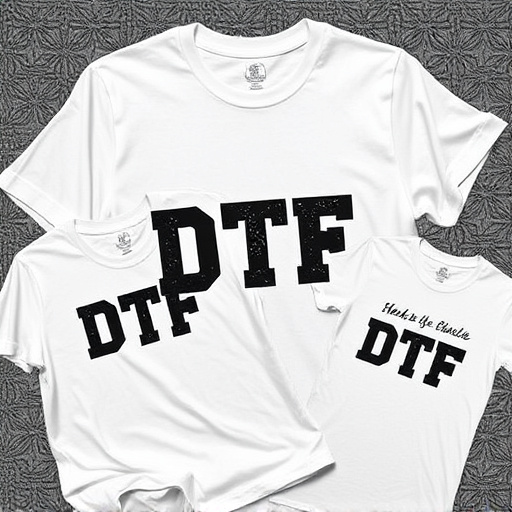
When preparing your artwork for submission to DTF Printing Services, it’s crucial to ensure it meets the specific requirements for optimal printing quality. Start by saving your file in a format compatible with DTF processes, typically CMYK or PNG with transparent backgrounds. Resolution is key; aim for 300 DPI (dots per inch) to guarantee crisp and detailed prints.
Avoid using vector graphics for DTF bulk orders as they may not translate well to the printing medium. Instead, use high-resolution raster images or vectorize them first. For custom DTf transfers, remember that consistency in color and design is essential. Ensure your artwork is ready by checking for proper alignment, avoiding bleed (the extension of colors beyond the cut line), and correcting any distortions or artifacts. These considerations will result in impressive, accurate direct to film transfers.
The Submission Process: Step-by-Step Guide
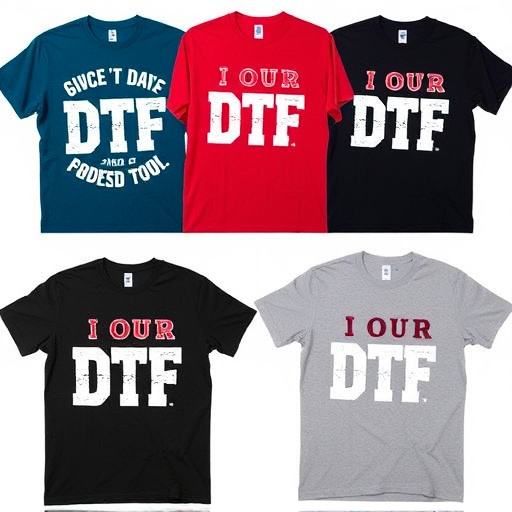
Submitting your artwork for DTF (Direct to Fabric) printing services is a straightforward process that involves several clear steps. First, ensure your design files meet the required specifications. This includes formats like AI, EPS, or PNG with high resolution (300 DPI or more). Next, prepare your designs for printing by checking color profiles and ensuring they are set to CMYK.
Then, create a bulk order if you’re planning to print multiple designs or large quantities. Many DTF printing services offer this option, which streamlines the process and often results in cost savings for high-volume orders. For intricate or detailed designs, consider using vector graphics to maintain sharp lines and smooth curves. Once your artwork is ready, upload it through the service’s user-friendly online platform. After submission, keep an eye on your account for any necessary adjustments or clarifications. This process ensures that your DTF logo transfers or other high-quality dtf transfers are printed with precision and excellence.
Submitting artwork for DTF Printing Services has never been easier with our comprehensive guide. By understanding the unique requirements of DTF printing and preparing your designs accordingly, you can ensure a smooth submission process. Follow our step-by-step guide to navigate through file formats, resolutions, and other technical aspects seamlessly. Remember, high-quality artwork is key to achieving exceptional print outcomes. Incorporate these tips into your workflow, and you’ll be well on your way to becoming a pro in submitting designs for DTF Printing Services.







